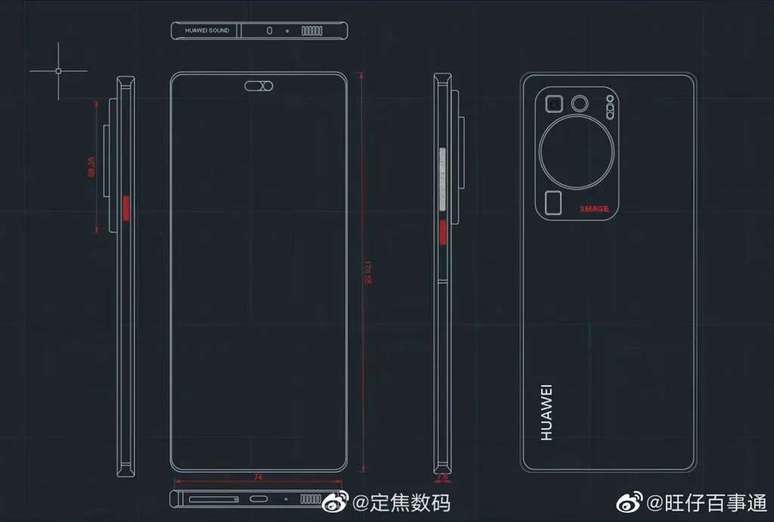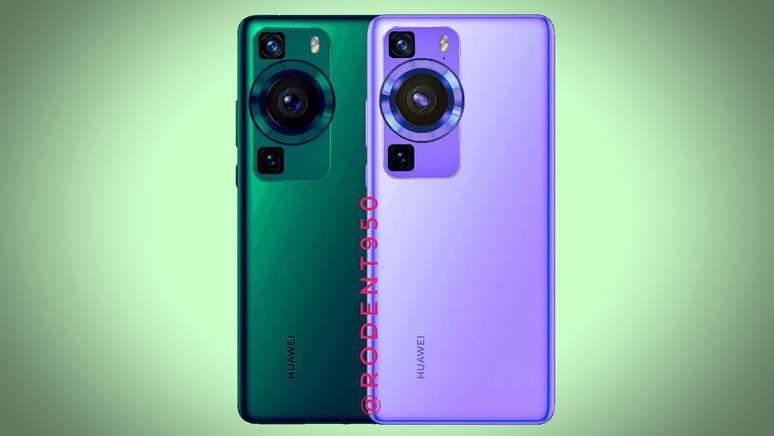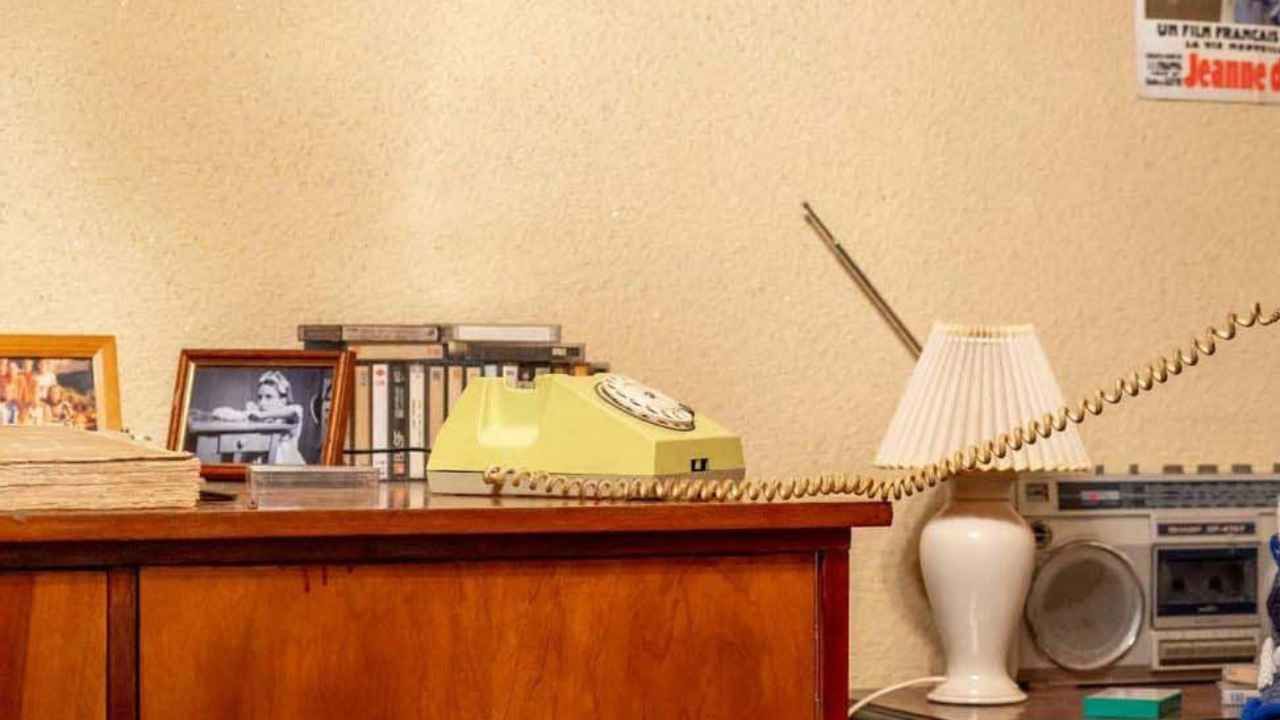The Huawei P60 line is expected to be shown on March 23, with several design changes and variable aperture lens
The Huawei P60 line already has a launch date: according to what was published by the Chinese company, the device will be unveiled on March 23rd. The post doesn’t provide details about the smartphone, but it does include some suggestive tidbits that indicate what we can expect from the company’s new phones. Huawei.
- ROG Phone 7 emerges in the benchmark test with Snapdragon 8 Gen 2
- Galaxy S23 Plus Review | Great performance with more battery

The image shows an ocean seen from above, with two waves of different shapes. Above it has a more circular shape and below the shape is pointed.
One possible interpretation indicates that the top section would refer to a photographic lens, as this should be the main attraction of the P60 line. Below, the format resembles a hinge, alluding to the probable launch of the leaflet Huawei Mate X3.
The design can be updated in the new model
While details of the P60 lineup aren’t known yet, the leaked images hint at what the smartphones should look like. They may carry a very different design than their predecessors especially in the camera module.
Maybe more vibrant colors this year 🤔#HuaweiP60Pro pic.twitter.com/WfhGAZBVmH
— Teme (特米)|🇫🇮🇨🇳 (@RODENT950) March 11, 2023
The primary lens can get more prominence on the back of the smartphone and renders show a variable aperture system for the primary set. This is a rare feature on smartphones, currently found in models like the Huawei Mate 50 Pro and the Sony Xperia Pro-I, for example.
In practice, this means that the user will have greater precision and naturalness in controlling aspects such as exposure and depth of field of the images.

The images are in line with an alleged design sketch of the Huawei P60Pro published on the Chinese social network Weibo, where we have the complete look of the device from all sides, showing not only the new camera module but also the front panel with a pill-shaped hole similar to that of the iPhone 14Pro. There we can also see the dimensions of the model, with 178.55 x 74 x 7.6 mm, thus being taller and wider than the P50 Probut slightly thinner.
If the information about the P60 line is confirmed, Huawei continues its tradition of investing heavily in the cameras of its mobile phones, even after the end of its partnership with Leica. Several devices of the brand have already been among the best in the DXOMARK ranking, including the Companion 50 Pro which was only surpassed by the new release Magic 5 Pro from the Honor.
The executive published a photo taken with the Huawei P60 Pro
Last week, the CEO of the brand Richard Yu published a photo taken with the P60 Pro. The image shows a tower with the Moon in the background, in a content that seems to bring a lot of quality in aspects such as exposure and color balance. color.

It is not yet possible to confirm whether the photo has undergone any kind of further modification. Therefore, the true potential of smartphone cameras will only be known after its launch.
Previous rumors point out that the Huawei P60 Pro camera set is expected to have a 50MP Sony IMX888 main sensor and ultrawide with a 50MP Sony IMX858. The telephoto lens, used in the tower image, is expected to have a 64MP Omnivision OV64B and support for 3.5x optical zoom.
The smartphone could remain with advanced specifications in other respects, with the presence of the Snapdragon 8 Gen 2 processor. Once again, the platform must have limited connectivity to 4G, due to US sanctions against the Chinese brand.
It has also been said that the smartphone will have a 6.6-inch screen, with Quad HD resolution and support for 120Hz refresh rate. The battery should have a capacity of 5,000mAh, with support for 100W fast charging.
Like previous Huawei models, the P60 Pro line is expected to run the Harmony OS operating system. While it has many structural similarities to Android, it doesn’t natively support Play Store services.
Trending on Canaltech:
- Prostate cancer | Digital rectal examination is not the best form of early diagnosis
- Good sleep habits can increase life expectancy by up to 5 years
- Microsoft Cemetery | 10 programs and services abandoned by MS
- H5N1 | Butantan develops potential bird flu vaccine
- Atlanta | When does season 3 come out on Netflix?
- Anvisa identifies a counterfeit testosterone replacement drug on the market
Source: Terra
Rose James is a Gossipify movie and series reviewer known for her in-depth analysis and unique perspective on the latest releases. With a background in film studies, she provides engaging and informative reviews, and keeps readers up to date with industry trends and emerging talents.








